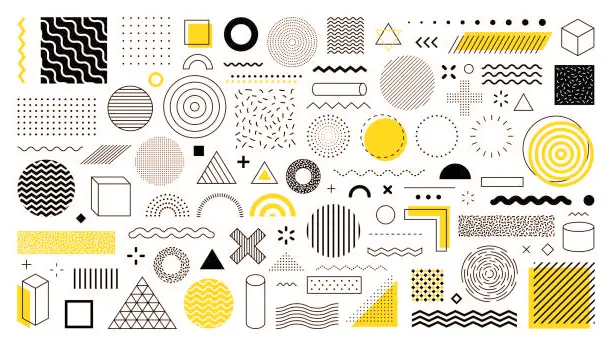
The Evolution of Minimalism: Balancing Simplicity and Complexity in Modern Design
- Admin
In the realm of design, the concept of minimalism has transcended mere trend to become a powerful ethos guiding the creation of everything from architecture to user interfaces. Originating as an artistic movement in the 1960s, minimalism sought to strip away excess ornamentation and embrace simplicity, yet its journey since then has been anything but simplistic.
At its core, minimalism embodies the principle of "less is more," emphasizing clean lines, uncluttered spaces, and a focus on essential elements. However, as design has evolved, so too has the definition of minimalism, giving rise to new interpretations that balance simplicity with complexity in intriguing ways.
Today, minimalism is not just about reduction, but about intentionality and thoughtful curation. It's about finding the delicate equilibrium between austerity and richness, where every element serves a purpose and every detail has been meticulously considered.
In this article, we explore the evolution of minimalism in modern design, tracing its roots from the spare aesthetic of mid-century modernism to its contemporary manifestations in architecture, interior design, and digital interfaces. We delve into the works of pioneering designers who have pushed the boundaries of minimalism, blending it with other design philosophies to create spaces and products that are both serene and stimulating.
From the sleek simplicity of Scandinavian interiors to the innovative use of negative space in graphic design, we uncover the myriad ways in which minimalism continues to shape our visual landscape. Yet, we also acknowledge the criticisms and challenges that accompany its prevalence, including concerns about homogeneity and the potential for oversimplification.
Ultimately, the evolution of minimalism reminds us that design is a dynamic process, constantly evolving to reflect the changing needs and aspirations of society. By embracing both simplicity and complexity, we open ourselves to new possibilities, allowing design to transcend mere aesthetics and become a catalyst for meaningful connection and expression.
Join us as we embark on a journey through the evolution of minimalism—a journey that challenges preconceptions, celebrates diversity, and invites us to reconsider the relationship between simplicity and complexity in our built environment and beyond.
